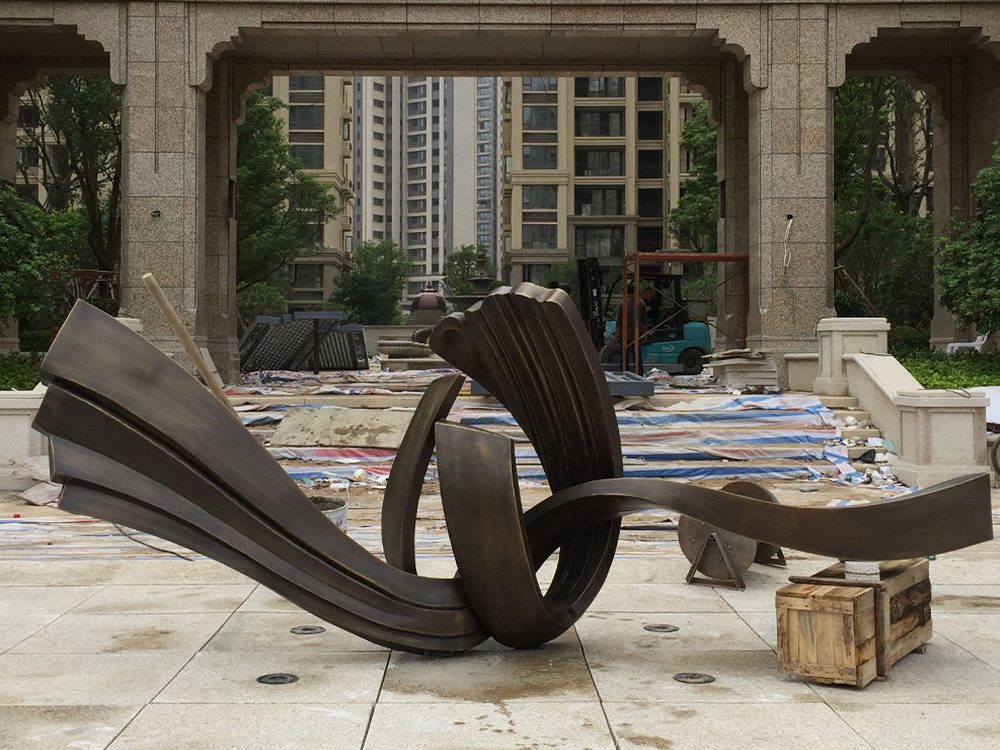
Artists often manipulate the contrast between hard and soft materials to evoke visual tension, a technique that captivates viewers by highlighting the interplay of textures and forms. By juxtaposing rigid metals with delicate fabrics or rough stone with smooth glass, they create dynamic compositions that challenge perceptions and evoke emotional responses.
For instance, sculptors might carve a fragile figure from marble, emphasizing its vulnerability against a sturdy base. Mixed-media artists combine brittle ceramics with flexible wires, inviting viewers to explore the tension between permanence and fragility. This deliberate contrast not only enhances aesthetic appeal but also deepens the narrative, encouraging audiences to reflect on themes like resilience, balance, or conflict.
The choice of materials—whether polished steel beside weathered wood or glossy resin over coarse concrete—adds layers of meaning. Such contrasts can symbolize duality, such as strength versus delicacy or tradition versus modernity. Ultimately, this technique transforms static artworks into engaging dialogues, proving that material hardness is as much a tool for storytelling as color or shape.
By mastering these contrasts, artists elevate their work beyond mere visual appeal, crafting pieces that resonate on both sensory and intellectual levels.

